Between Antisemitism and Activism
The Jewish University Experience in Historical Perspective
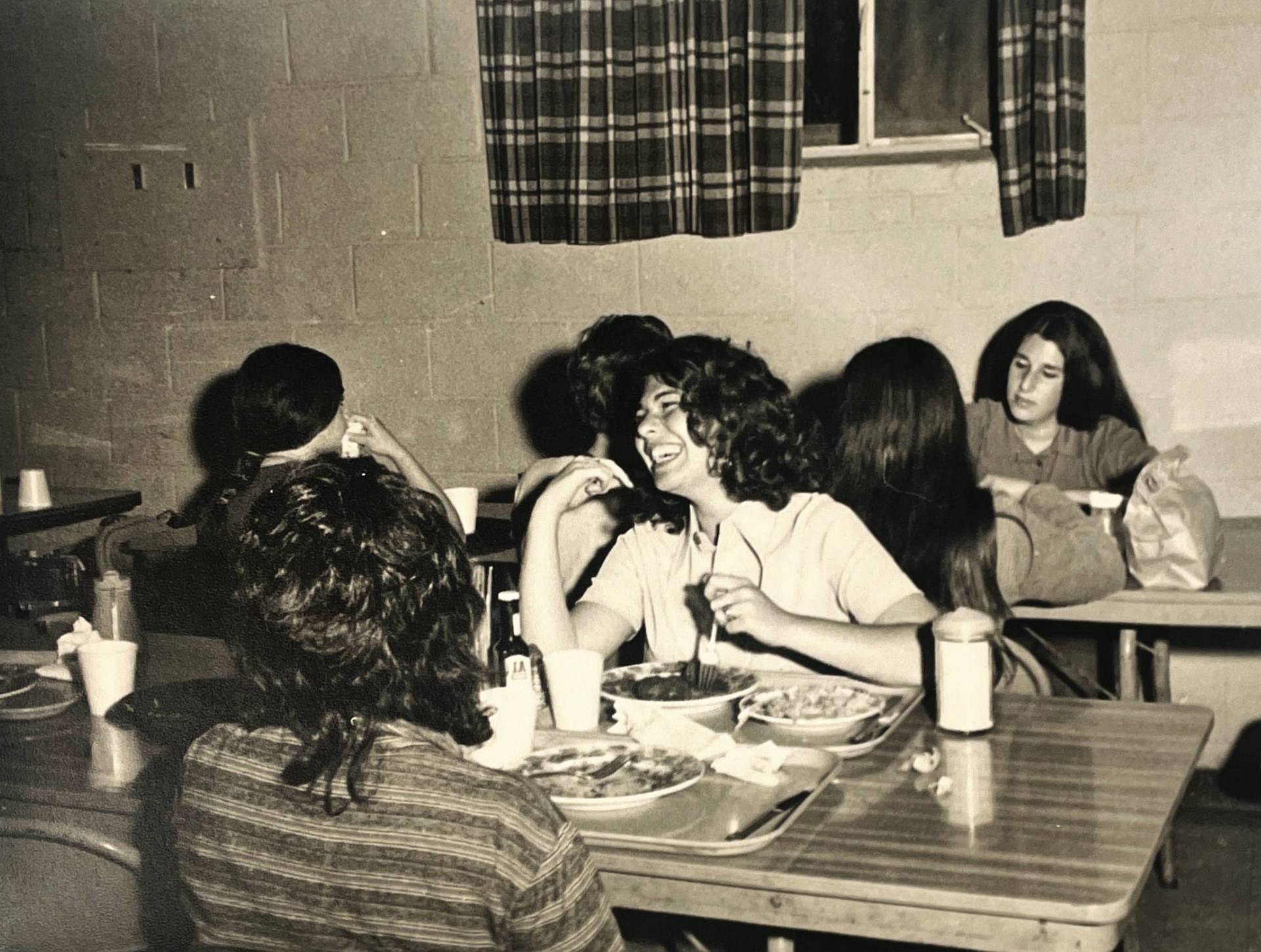
Students enjoying mealtime at the University of Maryland
Hillel House, 1972.
Source: American Jewish
Historical Society, Meyer
Greenberg Papers (P-358)
Section 4
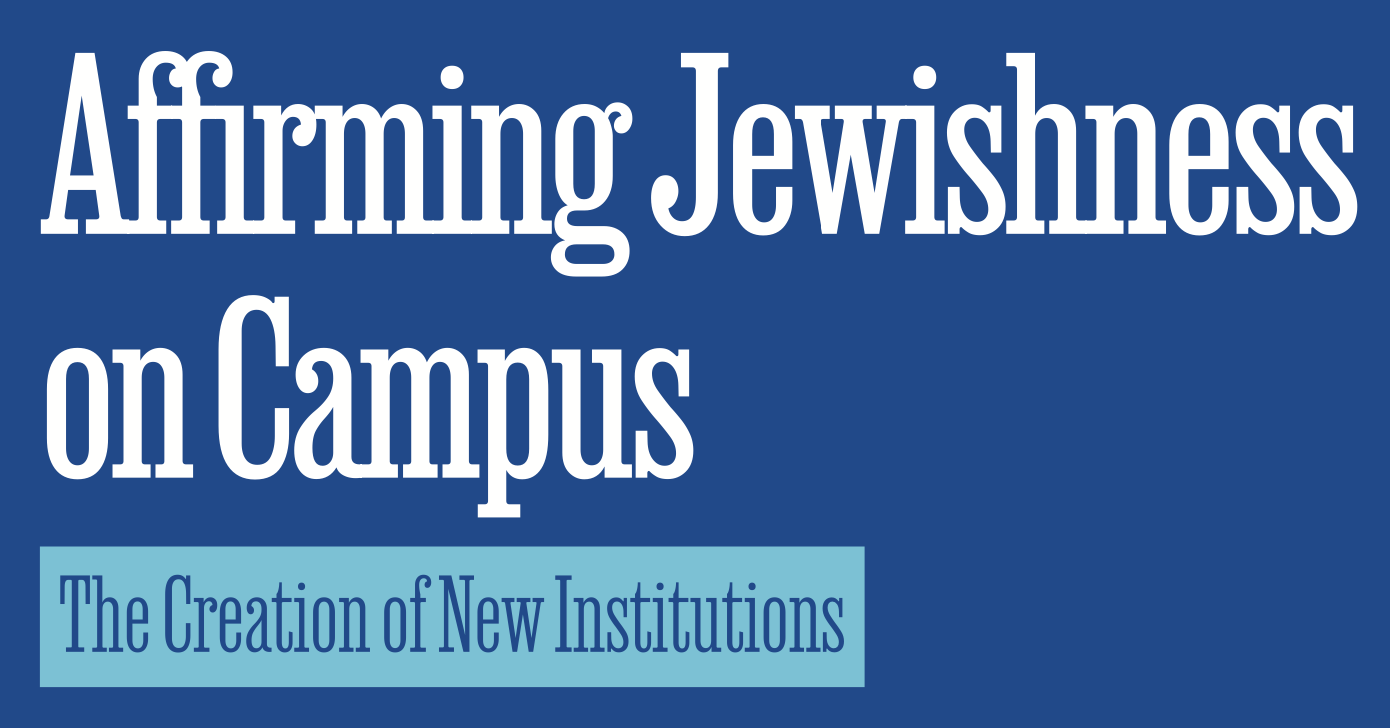
To address the challenges and opportunities they faced on American campuses, Jewish students, faculty, and other communal leaders pursued a range of initiatives to foster Jewish social integration and intellectual innovation. Starting in the late 19th and early zoth centuries, Jews responded to their exclusion from traditional university social life by establishing Jewish fraternities and sororities. As a Brooklyn rabbi remarked in 1908, "Jews are admitted into the great colleges and universities of the country ... but among the students it is different. They draw aloof from their Jewish comrade ... [who] finds he can't get into the fraternities ... [or onto] the athletic teams, no matter how competent an athlete."
American Jews created organizations, such as Pi Lambda Phi (1895), Sigma Alpha Mu
(1909), Alpha Epsilon Pi (1913), and many more, in order to participate in campus life and demonstrate their ability to function within the same American systems as their non-Jewish classmates. The impact of these fraternities was mixed, for while they provided Jewish students with a sense of communal belonging, they made Christian university leaders resentful of what they misconstrued as Jewish separatism. In 1910, President Lowell of Harvard said that Jews "are hardly justified in complaining ... that they are discriminated against if they ... keep themselves apart."
This resentment notwithstanding, Jewish students continued their efforts to redefine
Jewish life on campus in new ways over the course of the twentieth century. Beyond creating a social home for themselves through Greek life, they established institutions where they could engage in Jewish religious worship and cultural engagement. The first Hillel House opened at the University of Illinois, Urbana-Champaign in 1923, and the first Campus Chabad House opened its doors on the campus of the UCLA in 1969.
Both organizations have since expanded across college campuses and have become synonymous with Jewish student life.
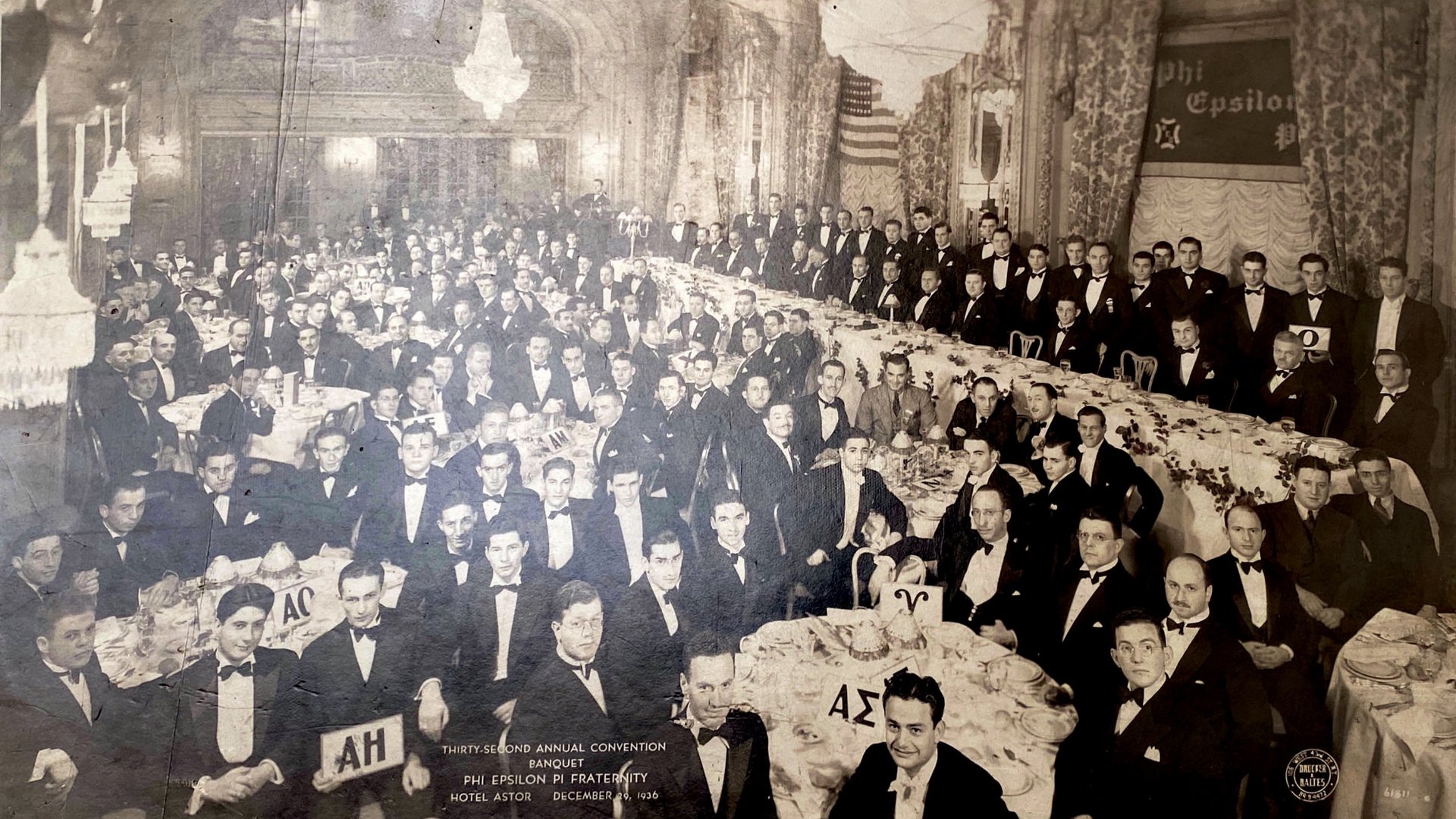
Protesters at Columbia University, 1969.
Source: Columbia University
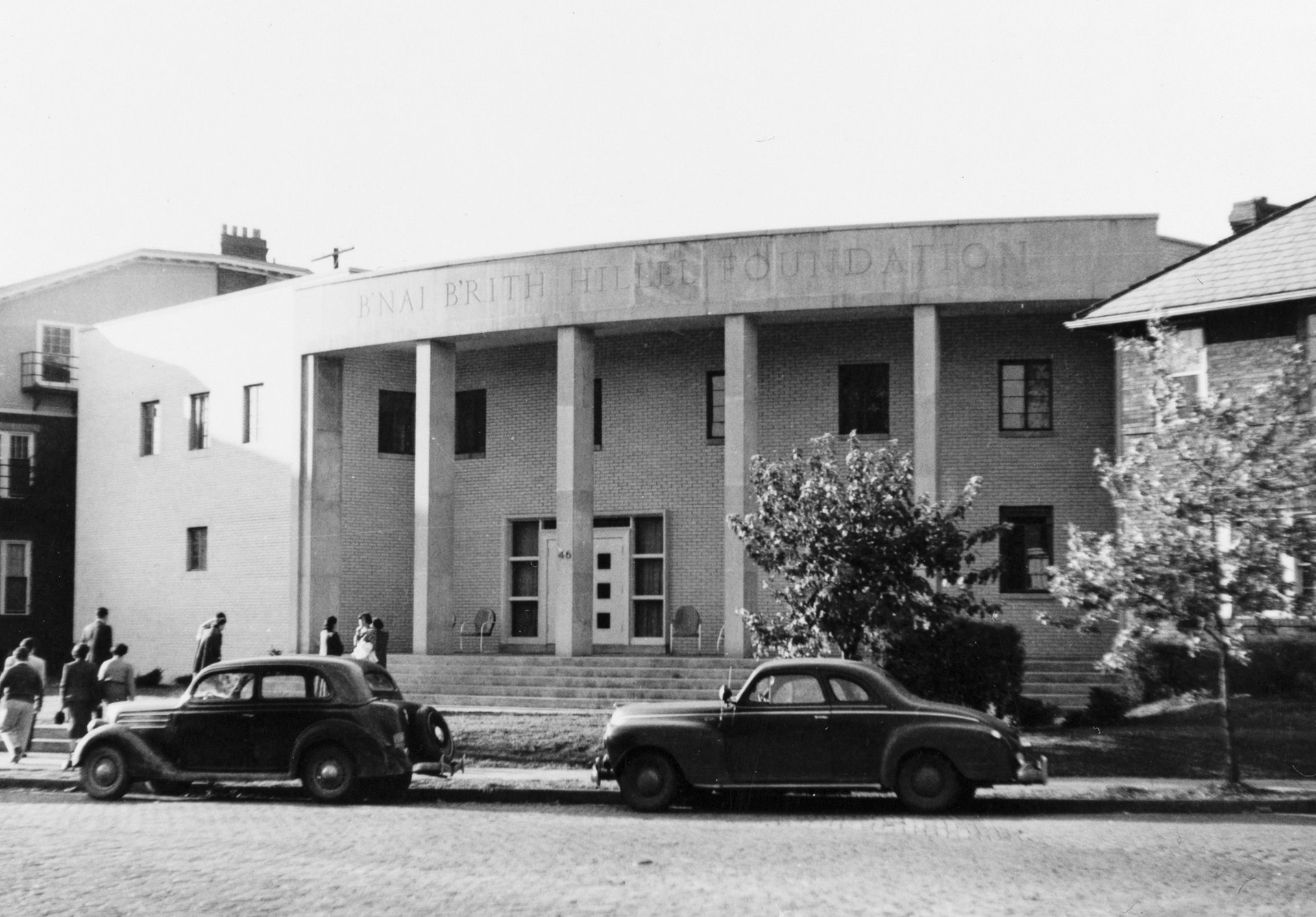
Hillel House at Ohio State University
In 1948, Jews went so far as to create their own institution of higher education, Brandeis University, which welcomed Jews who had been excluded by quotas from other universities. Jews also engaged in new intellectual initiatives on university campuses by creating Jewish studies programs. While Jewish scholars of Hebrew existed at
universities like NYU and Cornell already in the 19th century, and while Columbia appointed Salo Baron in 1930 to hold the first endowed chair in Jewish history at a U.S. university, Jewish studies programs began to appear across the country after the 196os, from Ivy League schools like Brown University (1978) to midwestern universities like Indiana University
(1972). Today, thanks to the generous funding of Jewish donors, dozens of Jewish studies programs exist across the country, educating thousands of undergraduates and training graduate students to serve as future scholars.
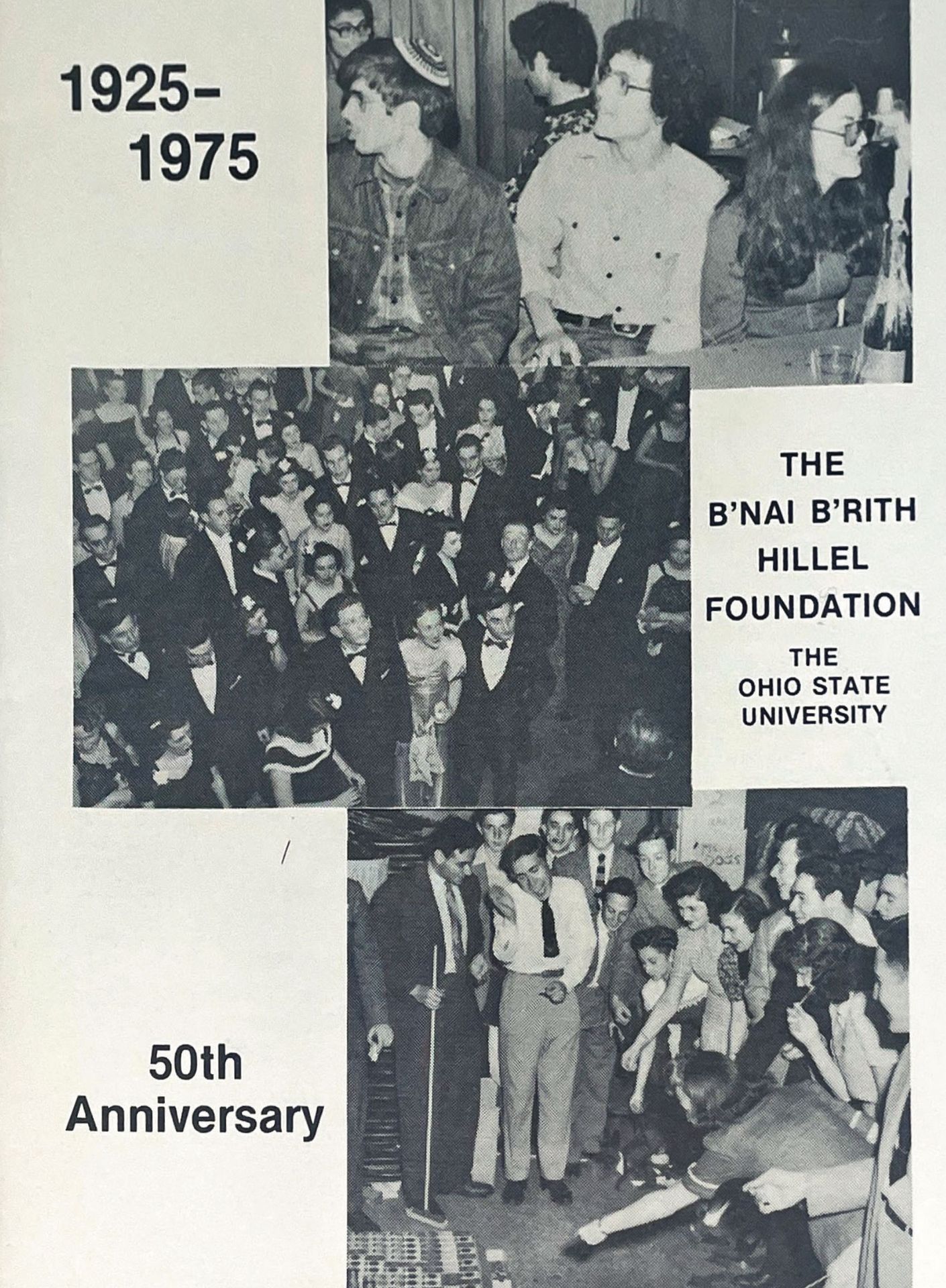
OSU Hillel 50th anniversary brochure, 1975
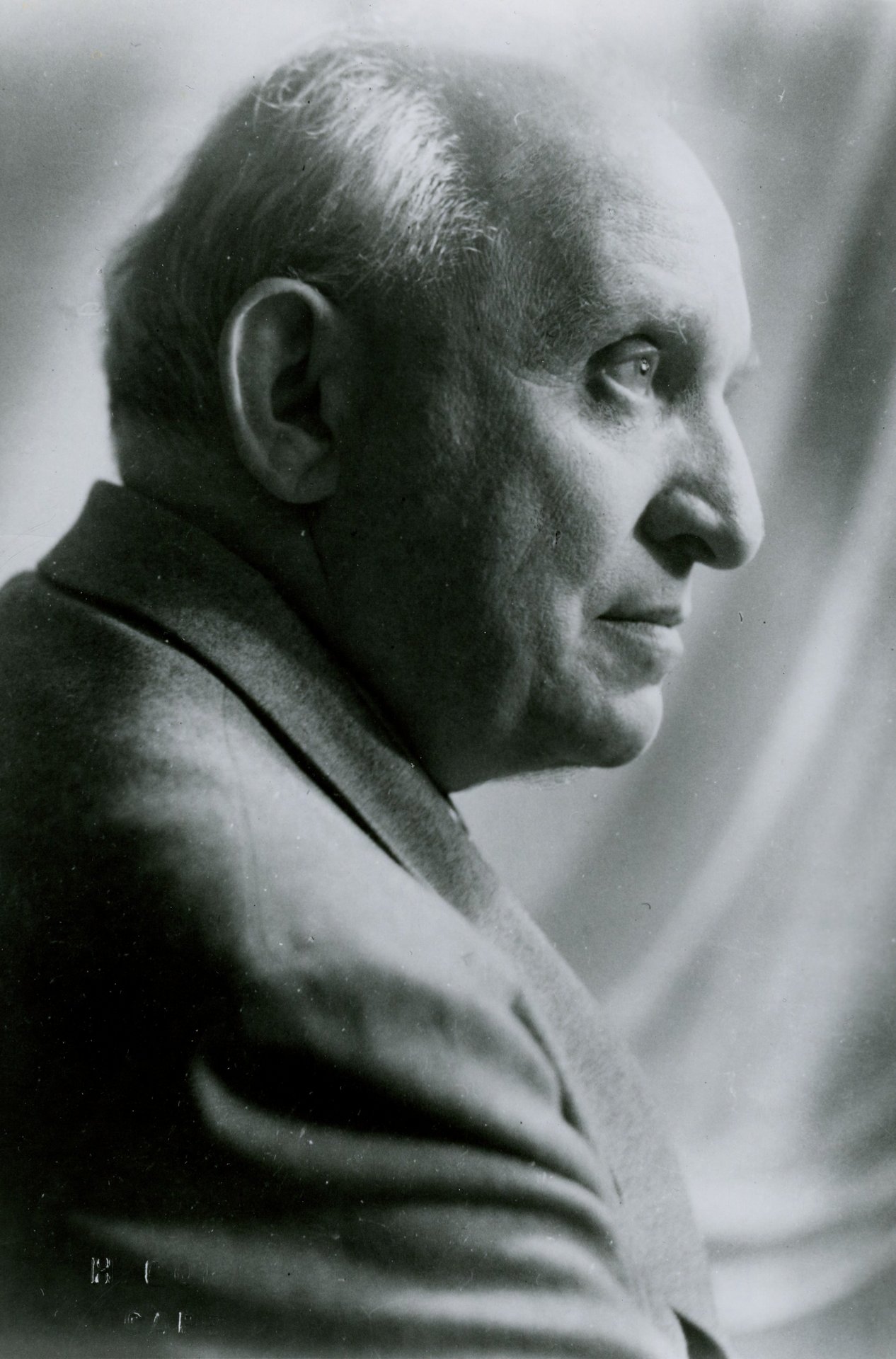
Columbia
University historian Salo
Baron. Source: LBI

Cover of Indiana
University Jewish Studies
Program brochure, 1980
Next →
← Back

